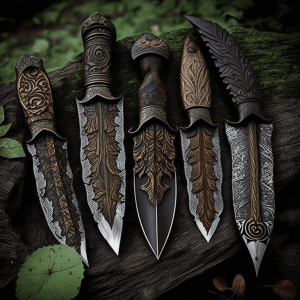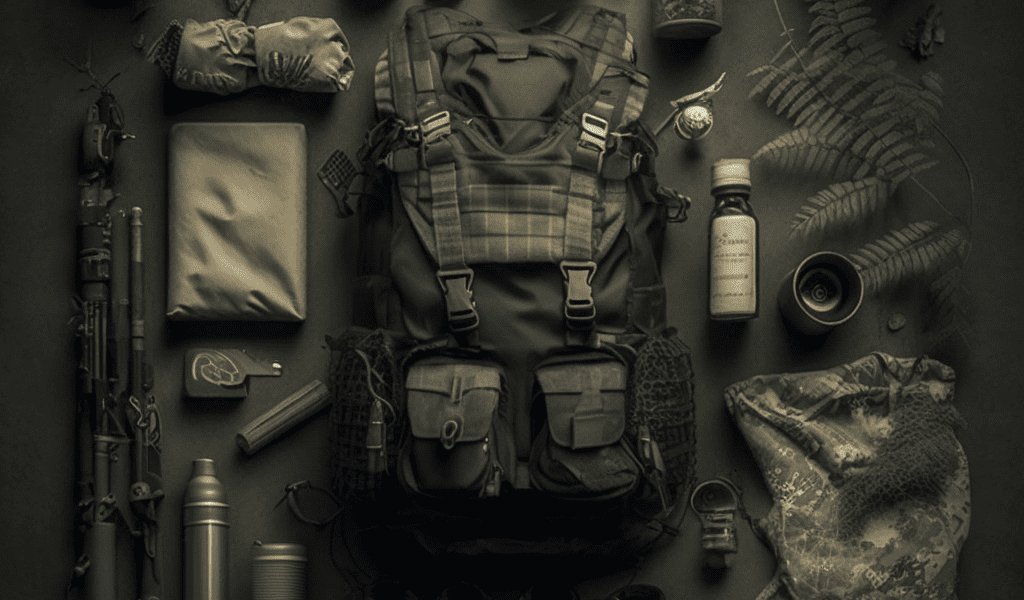
The best tactical knives from uppercuttactical.com have a razor-sharp edge, are balanced to perfection, and are designed for ergonomic use. These knives are the pinnacles for survival gear, and would make our ancient ancestors jealous.
They come in many sizes, quality, and color options, so finding the right one is easy. It takes just a little research to find the right knife for you.
Size
There are many sizes available for tactical knives. It is important that you choose the right size to suit your needs. This will make it easier for you to use and transport. They should also be sized to fit your hand comfortably. A knife that is either too small or too large will not be suitable for the task being done and can cause problems.

A good tactical knife will have a durable, lightweight, and easy-to-grip handle. It should also be simple in design to make it easy to clean and free from dirt and debris.
The shape of the handle is another important aspect to consider when choosing a tactical knife. It should be able to be used with an icepick or hammer grip and should also be comfortable to hold for extended periods of time.
Most folding tactical knives can be folded in half when not in use. This folding style allows the blade to be stored inside its handle without sacrificing functionality.
An ergonomic handle design is essential when buying a side-folding tactical knife. A poorly designed handle can be uncomfortable and may make it difficult to open the knife quickly.
It is also important to ensure that the knife has a locking mechanism. A lock is essential for folding knives. It will prevent the blade from accidentally opening while you are using it. Some locks are stronger than others, so make sure you choose the right lock for you. To have extra shopping money to support your hobbies, you might want to consider playing some fun and interactive sports betting games via www.ufabet168s.com.
Blade Shape
The blade shape, or the form of the blade, is one of the most important features to consider when choosing a tactical knife. It determines the strength, cutting capability, and flexibility of a knife.
Drop point, tanto and clip point are the most popular knife blade shapes. Each of these blade shapes has its own advantages and disadvantages.
Drop point blades, for example have a sharp edge that can be very effective at cutting through. This type of blade is commonly found on military-style knives.
Tanto blades, also known as chisel pointed blades, are another popular option for folding tactical knives. They are a traditional Japanese style of sword blade. They have a straight spine and a sharpened edge. When the blade approaches the tip, the edge angles upward to meet the spine at a slight convex angle, allowing the blade to be stronger.
Safety is important in an emergency situation, so the blade’s shape is crucial. Some tactical knives, for example, have thumb studs that can quickly and easily be pushed open in an emergency.
Similarly, some tactical knives have locking mechanisms that allow you to lock the blade closed without opening it. This is useful when you need to slash someone, but don’t want to cut yourself or others.
A hook blade is a popular tactical knife option. It can be used for hooking or slicing flesh. The Karambit and Piikal are two popular styles that use this blade shape.
Sheepsfoot blades can be used for hooking and slicing, as well as for self-defense. They come in a variety of lengths and widths. They are often very durable.
Sheepsfoot blades are commonly used by mall ninjas and other professional knife users, as they offer excellent slicing capabilities and are very safe for everyday carry. They can be easily cleaned, maintained, and made of stainless or titanium.
Handle Material
The knife handle is an essential part of the design. It can be made of a variety materials. A handle material should be chosen based on how it will be used. A tactical knife that you will use in the field is, for example, will require a durable, tough handle that can withstand impact and abrasion.
Steel is the most popular knife handle material. It is also used in the blades of tactical knives. Stainless steel is a strong, corrosion-resistant metal that can withstand high levels of wear and tear. It can also be scratched or rusty if not properly cared for.
Micarta is a fabric reinforced, phenolic laminate that is another popular handle material. It is a versatile and durable material that can be made in many different ways and in a wide range of colors.
Although it’s not as tough as steel and titanium, it can be an attractive and durable material for knife handles. It can be texturized to give it an unique texture.
Locking Mechanism
The locking mechanism of a tactical knife is an important feature that protects the user from accidents. It prevents the blade from being lost or damaged by folding back into the handle.
There are many locking mechanisms for knives available, each with its own set of benefits. Some are simple and quick to use while others can be more difficult and require more practice. It doesn’t matter what type of lock you choose; it is important that you understand how it works before making a purchase.
First up on the list of typical locking mechanisms is a spine lock, which works by attaching to both the blade and the back of the handle. The spine of the handle presses down on the blade to lock it in place when the knife is opened. To close the knife, you push down on the exposed part of the spine with one hand and swing the knife closed using the other.
A lockback is another common locking mechanism. It features an exposed piece on the handle that locks into the notch in the blade. This prevents the knife from opening when you’re not trying to and requires two hands to close it, which can be dangerous if you’re not paying attention.
A more advanced lock is an AXIS lock, which uses a spring loaded bar that extends across both steel liners and engages a ramped portion of the tang when it is folded. It is popular among tactical knives due its ease of use and positive closing features.
Many knife manufacturers have their own locking mechanisms. These locking mechanisms are less common than those listed above, but they can still be effective in keeping the blade safe.


